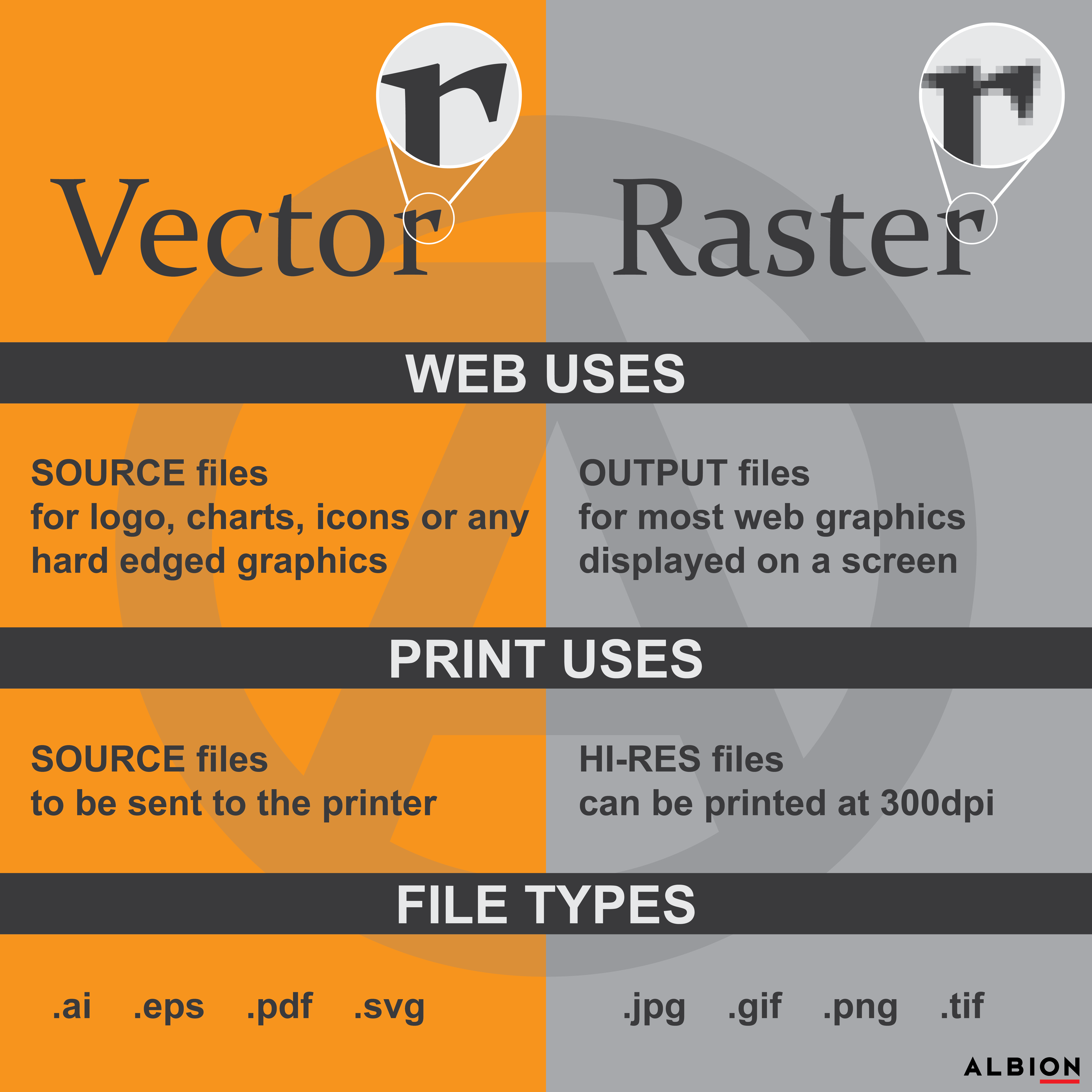

You can also use this tool with the native rulers in PaintTool SAI to create perfectly outlined vector ellipses and so on. Represented by a pen icon, this tool allows you to draw freeform vector linework with your mouse or drawing tablet.

The pen tool is the first tool listed in the Linework Layer Menu. If you have any experience with Adobe Illustrator, some of these tools may seem familiar. There are a few tools unique to the Linework Layer menu in PaintTool SAI. Most of the options to edit control and anchor points can be found in the Edit submenu. Represented by highlighted green dots when you hover over a path, control and anchor points allow you to manipulate your lines on those points.

The unique properties of lines, or “paths” in Adobe Illustrator are that they are made of control and anchor points. Paths can consist of one or more control points and are the basis of linework layers. In PaintTool SAI linework layers, lines are considered “paths.”
#Vector vs raster sai software
If you intend to dive deeper into vector graphics, consider downloading software that specializes in this type of work. You can only export files in PaintTool SAI as raster graphics, and the vector portion of the software is only useful for manipulating your design within the program and is primarily intended for easy manipulation of lineart.

#Vector vs raster sai professional
Note: Although linework layers are vector-based in PaintTool SAI, it’s not comparable to professional vector-editing software like Adobe Illustrator. However, if you do the same to linework created in a normal layer, you will notice some quality loss. If you greatly increase or decrease the size of your linework layer in PaintTool SAI, it will maintain its smooth edges. However, if you create linework this way, you will most likely just have to erase and redraw whichever lines you don’t like.įurthermore, when resizing, vectors allow you to change the dimensions of your linework without pixelating. These pixels can be edited with all of PaintTool SAI’s default tools. Normal layers on the other hand create raster graphics that are composed of pixels. This can increase the efficiency of your design speed by allowing you to change your work without many steps. In PaintTool SAI, this property allows you to easily manipulate your lines in the linework layer in a much more in-depth way than in a normal layer.įor example, if you create linework using the Linework Layers, you can easily manipulate the width, color, paths, curvature, and more of your lines without destructive edits such as cutting or erasing. Vector graphics are lines, shapes, and curves based on a mathematical formula instead of pixels. The main difference between normal layers and linework layers in PaintTool SAI is that linework layers are composed of vectors.


 0 kommentar(er)
0 kommentar(er)
